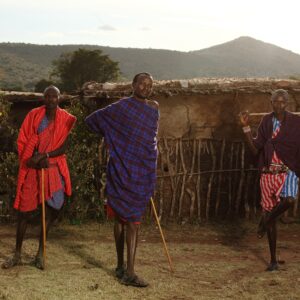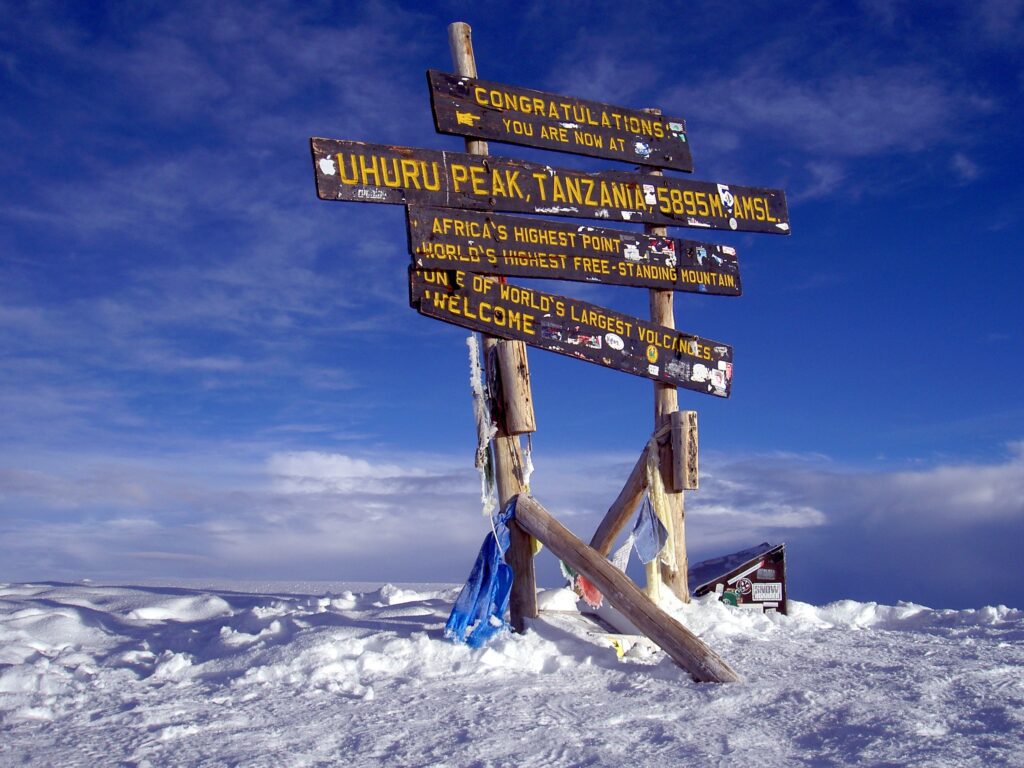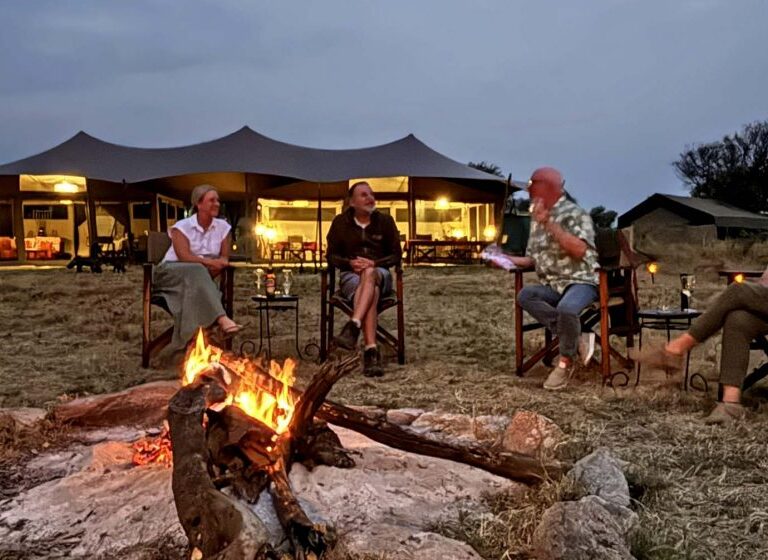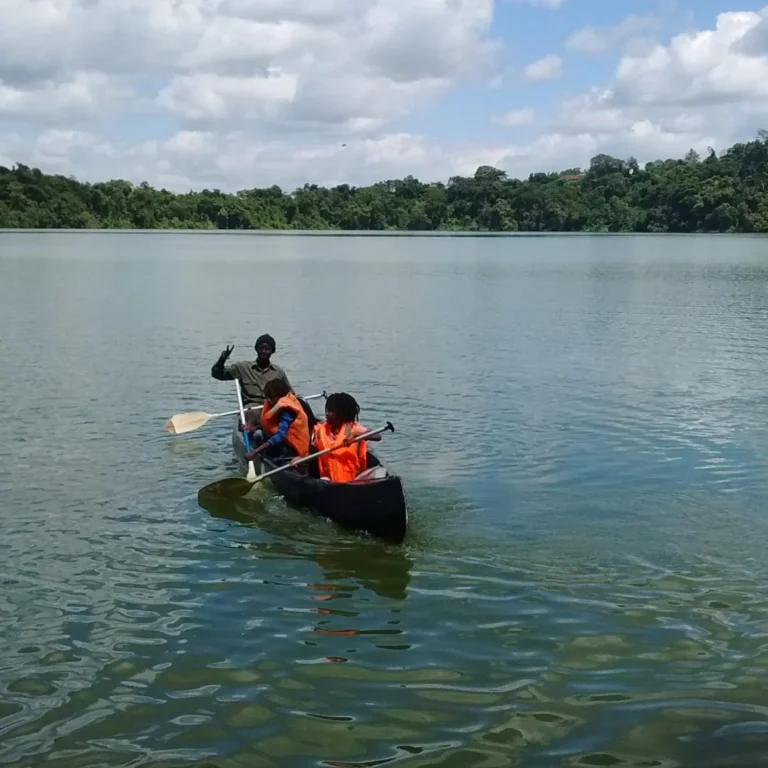Mountaineering is an exhilarating pursuit, blending adventure, skill, and sheer determination hardest and most dangerous mountains to climb. However, not all peaks are created equal—some test climbers with extreme weather, technical challenges, and life-threatening risks. Here’s a detailed exploration of the 12 hardest and most dangerous mountains to climb, showcasing the peaks that have earned their infamous reputations.
The world’s hardest and most dangerous mountains to climb challenge even the most skilled hikers. Peaks like Annapurna, with its high fatality rate, and K2. Renowned for its unforgiving technical routes, it is legendary for its peril. Mount Everest’s death zone, Nanga Parbat’s towering Rupal Face, and Kangchenjunga’s unpredictable weather add to their danger. Others, like Denali, Matterhorn, and Eiger, test endurance with extreme cold, steep terrain, and rockfall risks. Each ascent requires unparalleled skill, preparation. And determination, embodying the ultimate test of human resilience against nature’s extremes.
1. Annapurna (Nepal)
Height: 8,091 meters (26,545 feet)
Fatality Rate: ~32%
Challenges. Climbers must navigate steep inclines, deep snow, and areas prone to frequent avalanches most dangerous to climb in the world.
Highlight. Reaching its summit rewards hikers with nice views of the Annapurna massif.
Annapurna, located in Nepal’s Himalayas, is the world’s deadliest mountain. Despite being the 10th-tallest peak, it poses immense challenges. Its steep slopes are prone to avalanches, and sudden weather changes make navigation treacherous. Climbers also face the risk of falling ice and rockslides. Annapurna’s allure lies in its good beauty and the technical expertise required to conquer it, but its high fatality rate underscores the mountain’s peril.
2. K2 (Pakistan)
Height: 8,611 meters (28,251 feet)
Fatality Rate: ~25%
Challenges. The Bottleneck, a narrow couloir near the summit. Infamous for overhanging ice seracs that can collapse without warning, is K2 the most dangerous mountain?
Highlight. Its remoteness and difficulty amplify the sense of accomplishment for those who succeed.
Known as the “Savage Mountain,” K2 is the second-highest peak in the world and arguably the most technically demanding. Its steep faces and unpredictable weather create relentless obstacles. K2’s lack of commercial routes and severe storms make it unforgiving. Winter ascents were deemed impossible until 2021, when a team of Nepali climbers achieved the historic feat. The combination of difficulty and danger cements K2’s legendary status; this mountain has the highest death rate.
3. Mount Everest (Nepal/Tibet)
Challenges: The “Death Zone” above 8,000 meters. Where oxygen levels are dangerously low, it poses life-threatening risks.
Highlight: Standing on the “Roof of the World” is a once-in-a-lifetime achievement.
Height: 8,849 meters (29,032 feet)
Fatality Rate: ~3%
While Mount Everest is the highest mountain on Earth, its reputation as the most dangerous comes from the sheer number of climbers attempting to summit each year. Crowds, altitude sickness, and the notorious “death zone” above 8,000 meters challenge even experienced climbers. Harsh weather and limited rescue options add to the risks, making every ascent a test of endurance and willpower.
4. Nanga Parbat (Pakistan)
Height: 8,126 meters (26,660 feet)
Fatality Rate: ~22%
Nicknamed the “Killer Mountain,” Nanga Parbat’s towering Rupal Face is the tallest rock wall in the world, presenting a daunting challenge. The mountain’s isolated location, harsh weather, and high avalanche risk create an unforgiving environment. Early hiking to Nanga Parbat was marked by numerous fatalities, solidifying its reputation as one of the most dangerous climbs in the Himalayas.
5. Kangchenjunga (Nepal/India)
Height: 8,586 meters (28,169 feet)
Fatality Rate: ~20%
The world’s third-highest peak, Kangchenjunga, is revered and feared by hikers. Its unpredictable weather, technical ascents, and risk of avalanches make it one of the hardest mountains to conquer. Local customs add to the challenge, as hikers are asked not to step on the summit out of respect for its sacred status, requiring careful planning even at the peak.
6. Mount Denali (USA)
Height: 6,190 meters (20,310 feet)
Fatality Rate: ~4%
Denali, formerly known as Mount McKinley, is the highest mountain in North America. Its extreme cold and unpredictable weather make it one of the toughest climbs. The long, grueling approach to the summit tests climbers’ stamina, while high winds and frostbite risks demand meticulous preparation. Denali’s isolation further amplifies its danger, as rescue operations are challenging.
7. The Matterhorn (Switzerland/Italy)
Height: 4,478 meters (14,692 feet)
Fatality Rate: ~500 deaths recorded
The Matterhorn is one of the most iconic peaks in the Alps, but its beauty hides its deadly nature most dangerous mountains to climb in Europe. The sharp, pyramidal summit requires technical climbing skills, and rockfall is a constant hazard. With thousands attempting the climb annually, accidents due to inexperience or overcrowding are common, earning the Matterhorn its reputation as a dangerous ascent.
8. Mount Vinson (Antarctica)
Height: 4,892 meters (16,050 feet)
Fatality Rate: Low but difficult
Located in Antarctica, Mount Vinson isn’t as high as the others on this list, but it is extremely remote. The freezing temperatures, strong winds, and logistical challenges make it a formidable climb. Climbers must battle extreme isolation and the risks of frostbite and hypothermia, making Mount Vinson a true test of survival skills.
9. Mount Fitz Roy (Argentina/Chile)
Height: 3,405 meters (11,171 feet)
Fatality Rate: Moderate but technically demanding
Mount Fitz Roy, located in Patagonia, is renowned for its technical climbing difficulty hardest and most dangerous mountain to climb. Its sheer granite faces and unpredictable weather require advanced mountaineering skills and careful planning. Though not the tallest, Fitz Roy’s vertical routes make it one of the most challenging climbs in South America.
10. Mount Eiger (Switzerland)
Height: 3,967 meters (13,015 feet)
Fatality Rate: ~64 deaths recorded
The Eiger’s infamous north face, known as the “Mordwand” or “Murder Wall,” is one of the most dangerous alpine routes. Climbers face falling rocks, avalanches, and rapidly changing weather. The Eiger’s imposing vertical face has claimed many lives, attracting only the most skilled and daring hikers.
11. Mount Makalu (Nepal)
Height: 8,485 meters (27,838 feet)
Fatality Rate: ~10%
Makalu, the fifth-highest mountain in the world, is known for its sharp ridges and steep pitches hardest and most dangerous mountains to climb. The final ascent to the summit is incredibly technical, requiring precision and focus. High-altitude challenges and unpredictable weather contribute to Makalu’s reputation as one of the most need climbs in the Himalayas.
12. Mount Shishapangma (China)
Height: 8,027 meters (26,335 feet)
Fatality Rate: ~10%
Shishapangma, the 14th-highest mountain, is often overlooked due to its less dramatic profile hardest and most dangerous mountains to climb. However, it presents a significant challenge with high winds, heavy snowfall, and crevasse-laden glaciers. Its remoteness in Tibet further complicates rescue efforts, making Shishapangma a formidable climb for even seasoned mountaineers.
Ultimate Guide to Hardest and Most Dangerous Mountains to Climb
The ultimate guide to the hardest and most dangerous mountains to climb explores peaks like Annapurna, K2, and Nanga Parbat, where extreme weather, avalanches, and technical routes challenge even elite climbers. From Mount Everest’s “death zone” to the Matterhorn’s rockfall risks, each ascent demands unparalleled endurance, skill, and preparation. These mountains, marked by beauty and peril, are testing grounds for the brave, pushing human limits against nature’s raw power. Conquering them requires respect, resilience, and an unwavering spirit of adventure.
The Allure of Danger and Difficulty
These mountains represent the pinnacle of human adventure and resilience. Climbers are drawn to their challenges, beauty, and the glory of standing atop their peaks. However, these ascents come with significant risks that demand respect, preparation, and skill. Whether deadliest, hardest, or most dangerous, these mountains continue to captivate the mountaineering world, standing as monuments to nature’s power and human determination.
Summary
The top 12 hardest and most dangerous mountains to climb include K2, Annapurna I, Kangchenjunga, and Nanga Parbat due to their high fatality rates, technical difficulty, and extreme weather. Other challenging peaks are Everest, Makalu, Dhaulagiri, Manaslu, and Lhotse. Outside of the Himalayas, Cerro Torre and the Eiger are considered extremely dangerous due to their technical rock and ice climbing, while Denali is known for its severe cold and harsh conditions.








